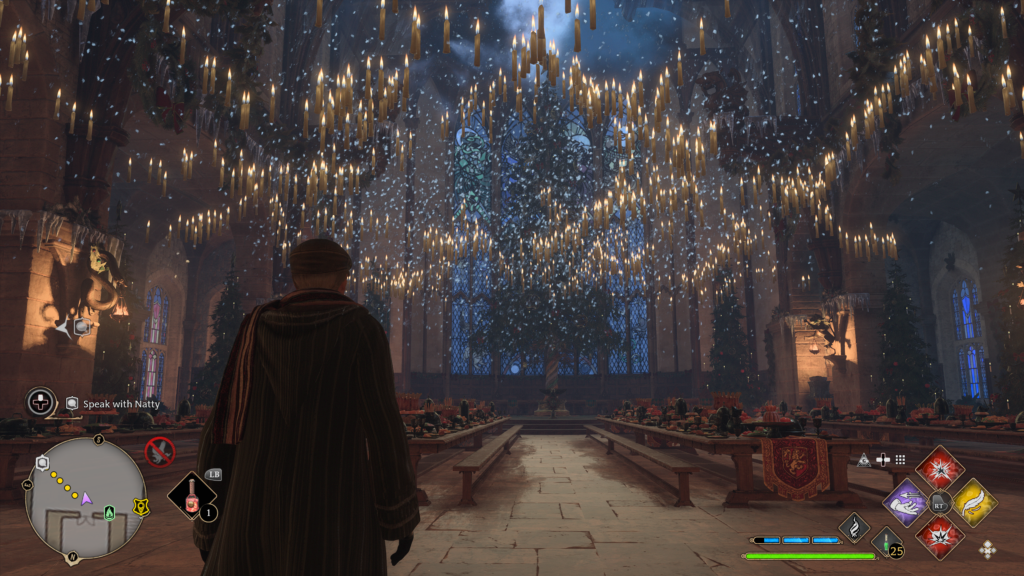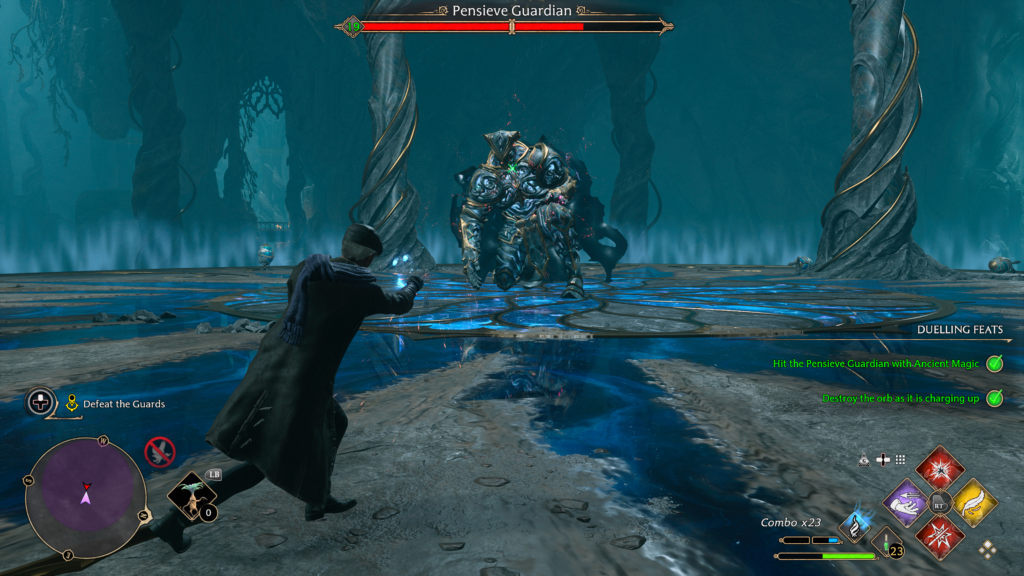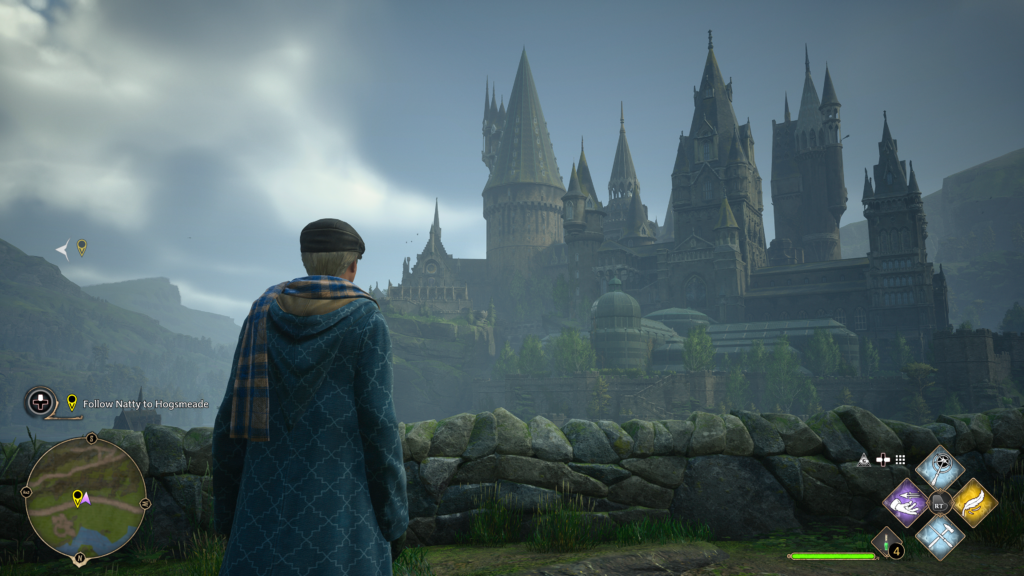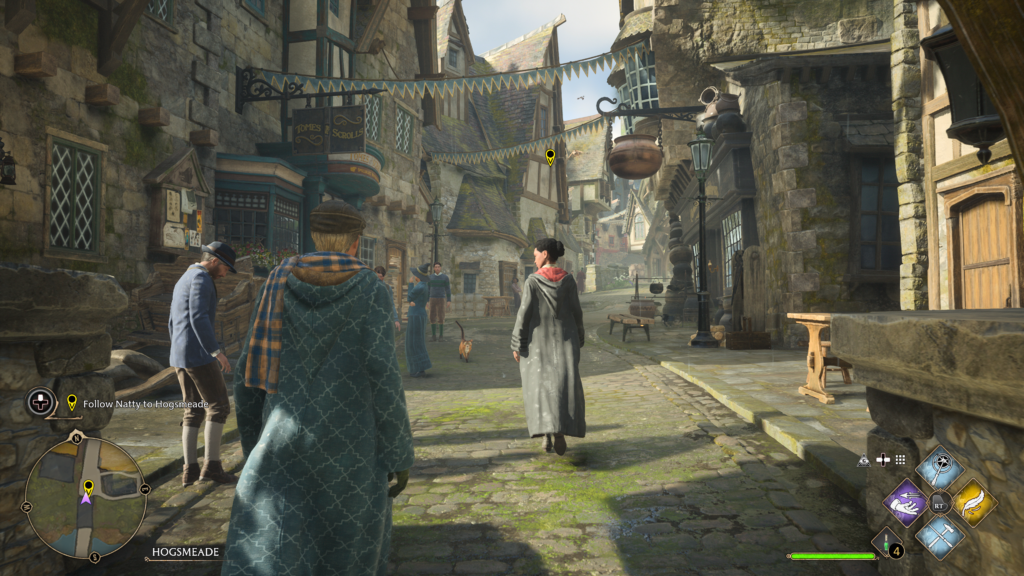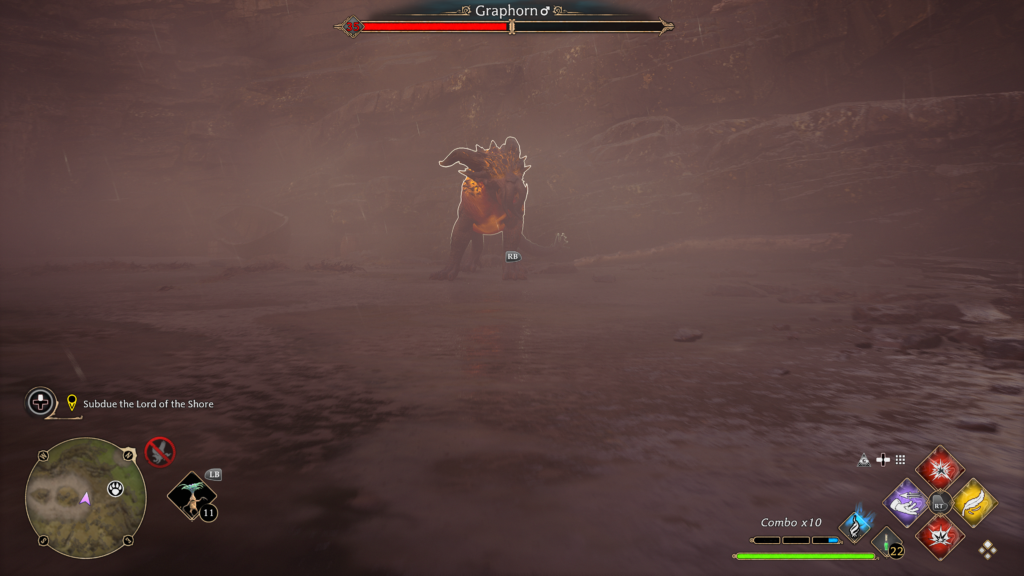- Genre: Action/Adventure
- Platform: Xbox Series
- Also Available On: PS5, Windows, Switch 2
Non-Jedi Star Wars games need what I would consider a mix of few things to succeed. They need to have you going up against weird aliens and imperials. They need you to be visiting strange alien planets and the cantinas in their towns. They need space flight of some sort, preferably with combat. To some extent they need callbacks to the movies to at least ground them within the universe. Those are important to the games being Star Wars, but it then has to prove itself as a good game and this one delivered.
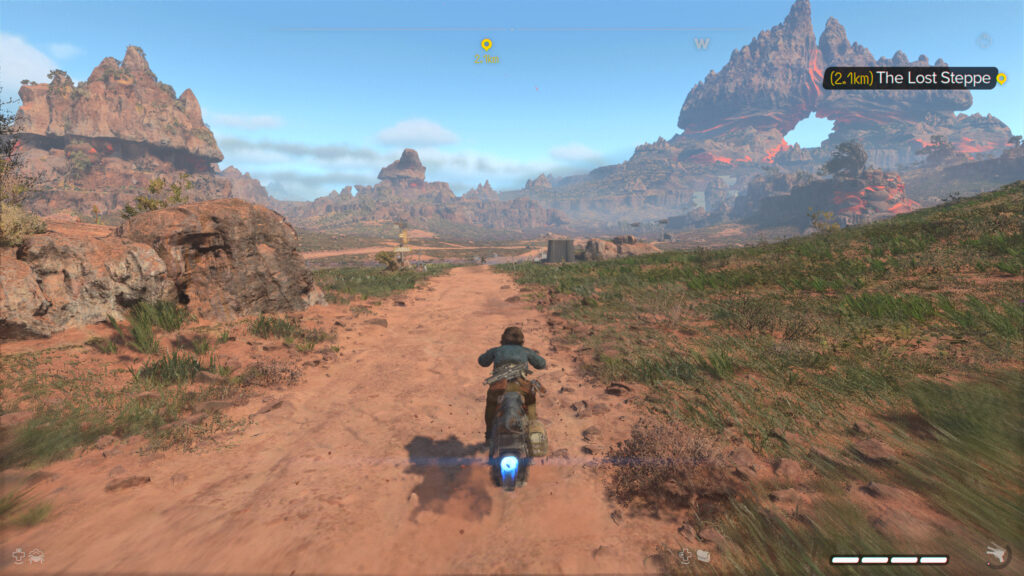
This fills the void that the lack of a recent Tomb Raider left me with. For me, the most recent trilogy in that series is a stealth and ranged game. Where a lot of games in the realm of Assassin’s Creed are stealth and melee, TR leaned on the bow for ranged. There is very little else that worked effectively in those two modes for me like TR, but this one does and it does it with a perfect Star Wars universe wrapping.
It might seem strange to consider this and Tomb Raider in the same general vicinity since ranged here is almost entirely blaster weapons, but my use of them was pretty similar. For any sort of large scenario I would go in intending to do it completely in stealth. The blasters bring a bunch of options to do ranged stuns that worked in a similar way to TR bow kills in that they are silent and effective. This would be paired with me sneaking around doing melee takedowns to get rid of as much of the enemy presence as possible. The stealth portion was a lot of fun and had elements to it that were relatively IP specific.
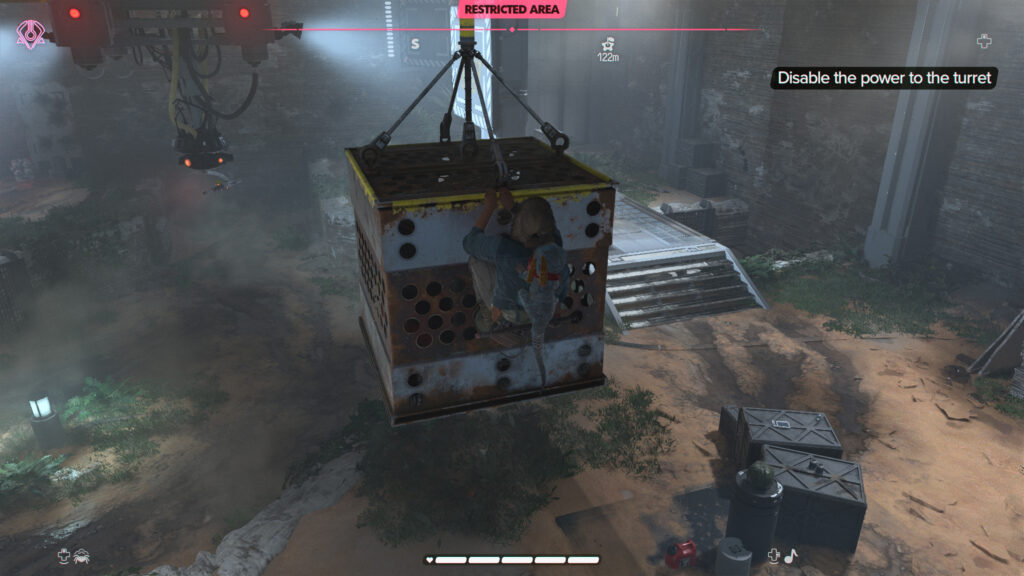
For example, there’s situations where you’ll be sneaking into an Imperial base, full of enemies, cameras, and turrets. You could approach this by taking everyone out and getting away through relatively brute force. You could also approach it by finding a computer to hack the turrets and turn them on the Imperials. You could also approach it by shutting down the cameras and finding safe paths through the base. You could also approach it by finding vents that can be unlocked and coming into your objective via a back route. While some of the story stuff is a little more singularly focused than that, there’s almost always multiple ways to approach a scenario, and that variety and ability to change tactics on the fly really gave a lot of life to the stealth gameplay in particular as it was always a little bit different based on the location you’re at.
When I then inevitably screwed something up I could then lean on the blasters to do actual damage. Where this differs from the TR bow is that the blaster is much more of a third person shooter style weapon where kills are fast and effective. The toolbox here is a lot of chaotic fun when this does happen. Equipping shock damage to disable droids is obvious in-universe and a lot of fun. Shooting the wide array of explosive barrels conveniently placed in combat areas and watching bodies fly is the type of stupid physics thing that adds secondary fun to games like this.
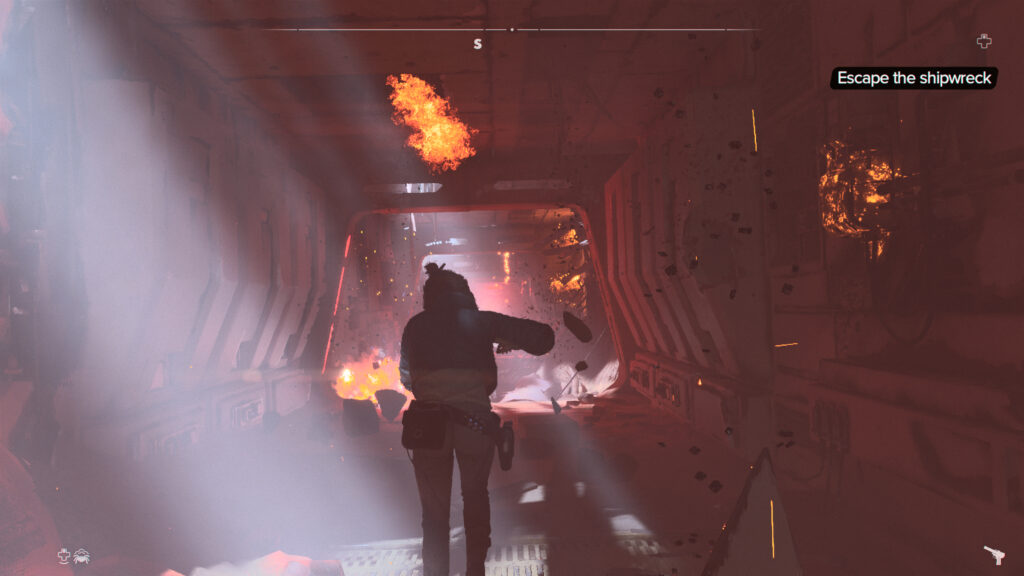
However, it’s also got a really nice power curve and more granular customization than that. An example of the type of thing they have is three upgrade paths for the core plasma blaster. You can go into light firing, heavy firing, or rapid firing. This gives you three types of gameplay that fit different preference styles. Light is a semi auto that can be rapidly fired, but with lower damage. Rapid fire is a pray and spray auto fire that gives you more speed but less accuracy. Heavy firing gives you big damage but lower rate of fire and frequency of reloading. Giving the player the ability to bend combat to their preferences is a powerful way to get a lot of mileage out of small changes that don’t really require a lot of new work. It’s some basic tech and configuration to completely change the gameplay experience in a way that empowers the player to play their way.
You may notice that this is all talking about moment to moment gameplay in what are essentially small places, but this is an open world game with space combat. Frankly, that’s because that stuff simply exists. The meta loop of this game is that it’s an Ubisoft game and it plays like an Ubisoft game. It’s a big ol open world with stuff scattered around that you can do, stuff scattered around that you can collect, and random event stuff that pops up. This extends to space combat where the same stuff happens, but now in a space ship with space combat. Like a lot of their games it’s not that it’s bad but it simply exists and works well, but it’s been done before. The meta loop is no different than Assassin’s Creed, Watch Dogs, or Immortals. Like a lot of AAA game meta loops, it’s all well put together and exists without getting in the way, but it was distinctly not the draw of the experience for me by the end of the game.
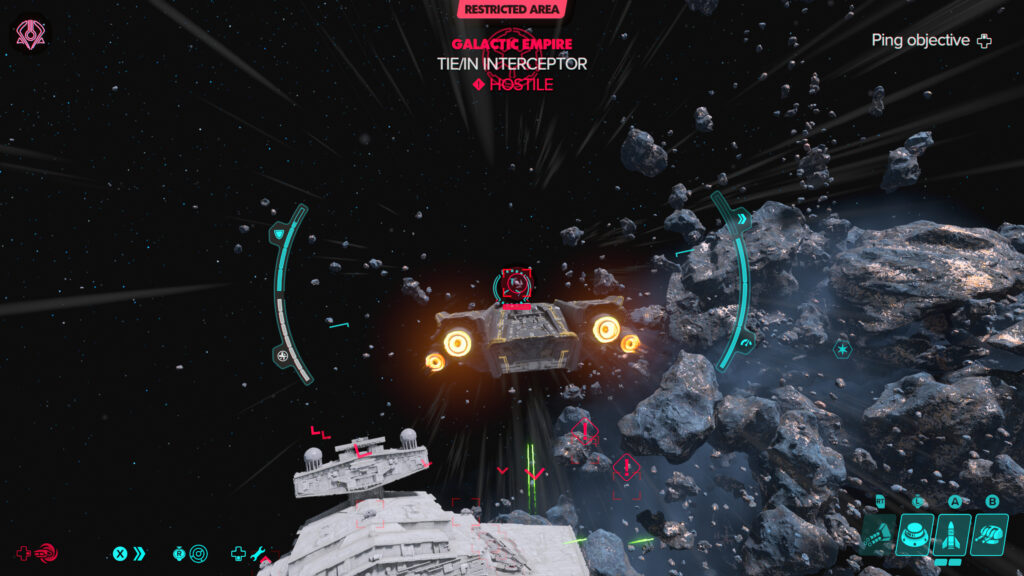
I’m not going to pretend that there isn’t some portion of me that likes this game because of the nostalgia of being able to work for Jabba or shoot Imperials or go visit Mos Eisley. That absolutely is a portion of the experience that enhances this game over the same loop without the license. However, this game absolutely stands out as a fun experience enhanced by the IP and how they could work that into gameplay mechanics. This takes bits and pieces that work within a stealth experience like Jabba and bounty hunting and blaster pistols and mashes it together into an experience that really surprised me.







